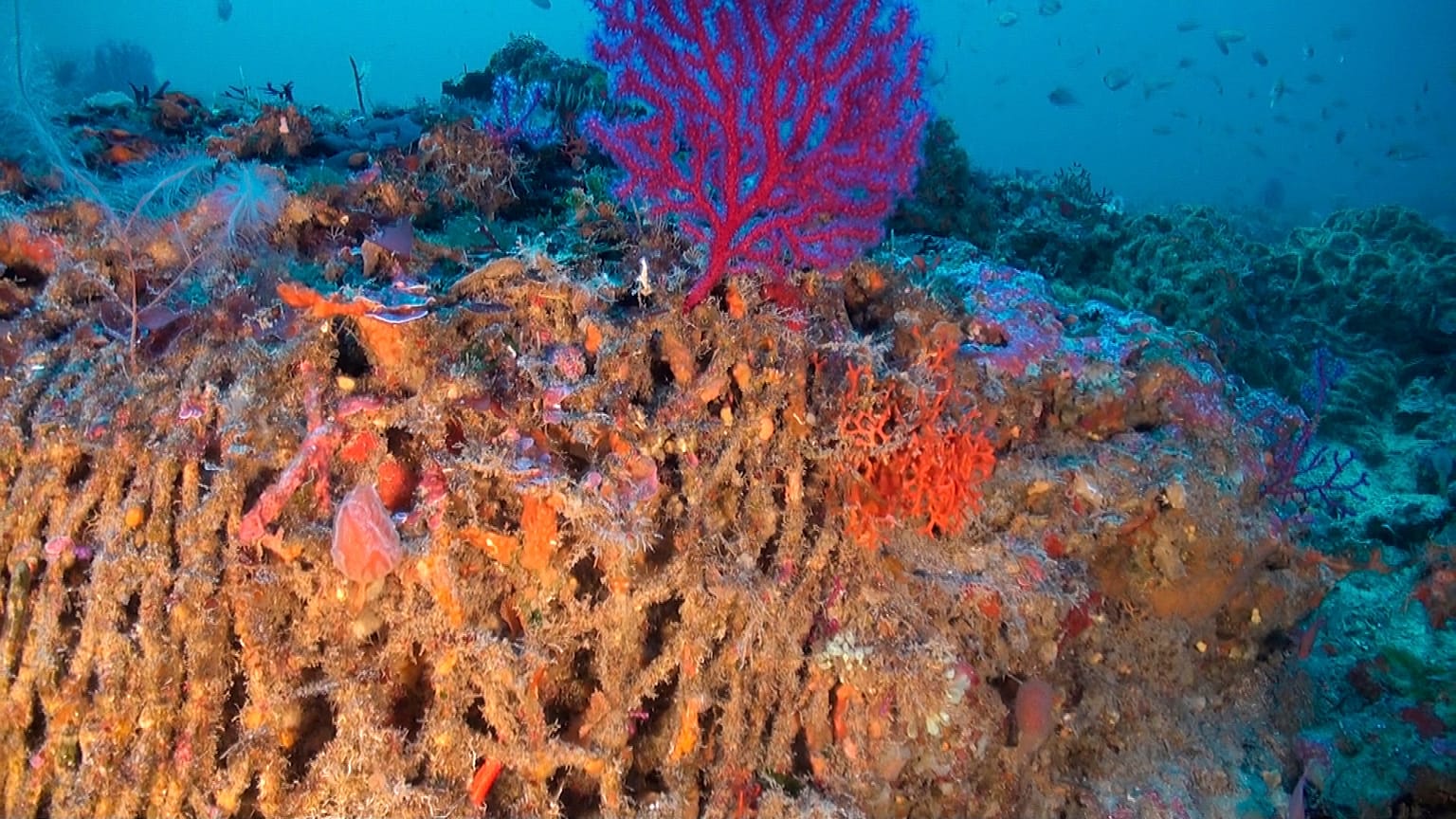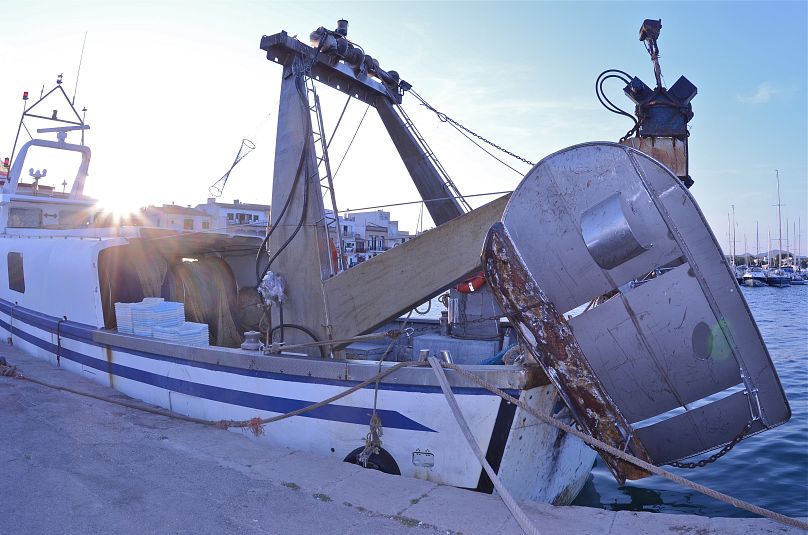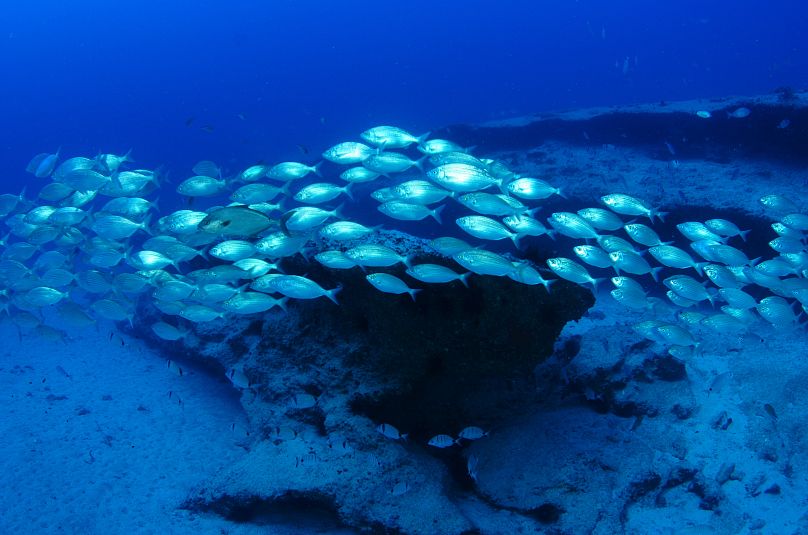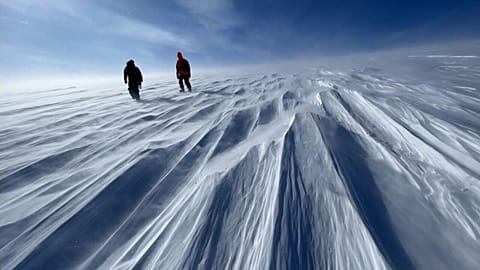The protected status of Spain’s coastal waters is "a mirage" for endangered turtles and other species, say ocean campaigners.
A deeply destructive fishing practice is rife in Spanish waters, according to a new report from Oceana.
Campaigners for the ocean conservation NGO say that 64 per cent of Spain’s protected marine areas are being impacted by ‘bottom trawling’.
This is one of the most damaging fishing methods currently in use and involves dragging large, weighted nets across the seafloor. It is indiscriminate - sweeping up all marine species in its way as well as the target fish.
Trawling flies in the face of European legislation designed to safeguard the habitats of endangered marine species like loggerhead turtles. The Natura 2000 network gives special protections to areas of both terrestrial and marine importance across Europe.
Spain claims to have protected 13 per cent of its seas under the initiative. “However this could be a mirage since much of that surface is not protected in reality,” says Silvia García, senior marine scientist at Oceana in Europe.
“Our analysis shows that destructive fishing activities, like bottom trawling, take place inside supposedly protected areas, when such fishing is the main threat to seabed habitats.
“This nonsense is also indicating a clear breach of nature conservation legislation.”
While the focus of the recent investigation is on Spain, Oceana says this worrying practice is happening all over Europe.
How serious is bottom trawling in the Spanish Natura?
Abandoned fishing gear inside the Spanish Natura 2000 sites paints a worrying picture of what is going on under the sea.
Oceana found that bottom trawling vessels make up almost three quarters (73 per cent) of all fishing activity registered within these zones, dwarfing smaller artisanal boats.
Using trawling signal data from Global Fishing Watch, the NGO calculates that at least 404 vessels spent more than 73,100 hours scouring the seafloor in 2020.
Excluding the Canary Islands where there is no trawling, the affected areas cover 64 per cent of the Natura 2000 areas meant to protect the seabed.
Ten marine protected areas in particular are heavily trawled, eight of which are located in the Mediterranean basin where huge trawling fleets roam.
Why is bottom trawling so destructive?
Bottom trawling not only kills marine animals by scooping them up as bycatch, it also affects species indirectly by harming the ecosystem.
Shallow sandbanks, seagrass meadows, coral reefs and submarine caves are some of Spain’s precious marine habitats listed in the Habitats Directive (part of the Natura 2000 agreement) that trawling nets scrape over.
Recognising that a stronger approach is needed across Europe, MEPs voted in a new EU biodiversity strategy this year which calls for countries to protect 30 per cent of their land and seas.
For it to be effective, “we need the EU to push countries to open their eyes and recognise that sustainability is the only way to keep going, and to keep ensuring healthy seas,” says García.
“The first logical step of this is to ban bottom trawling within marine protected areas.”




















